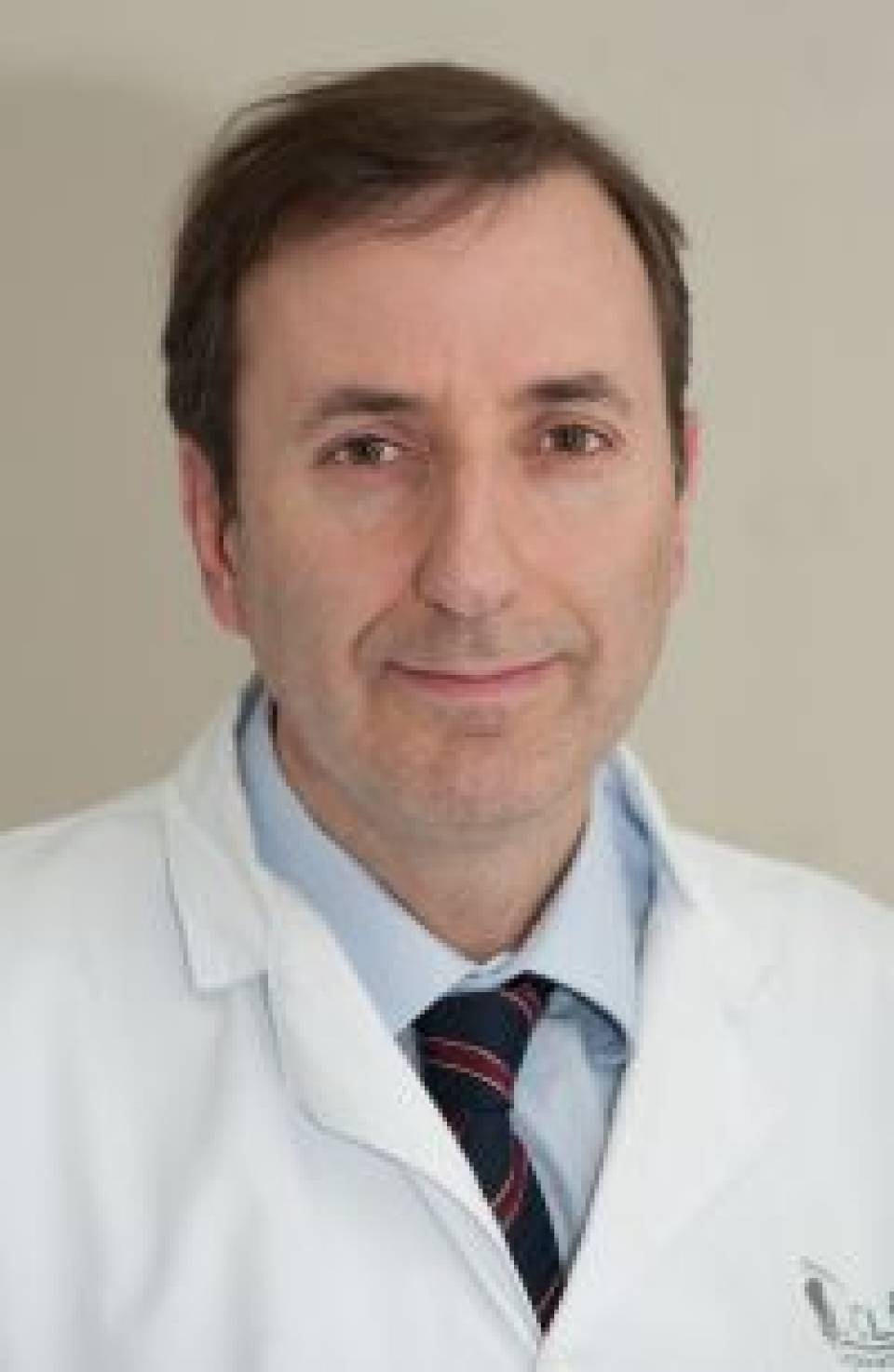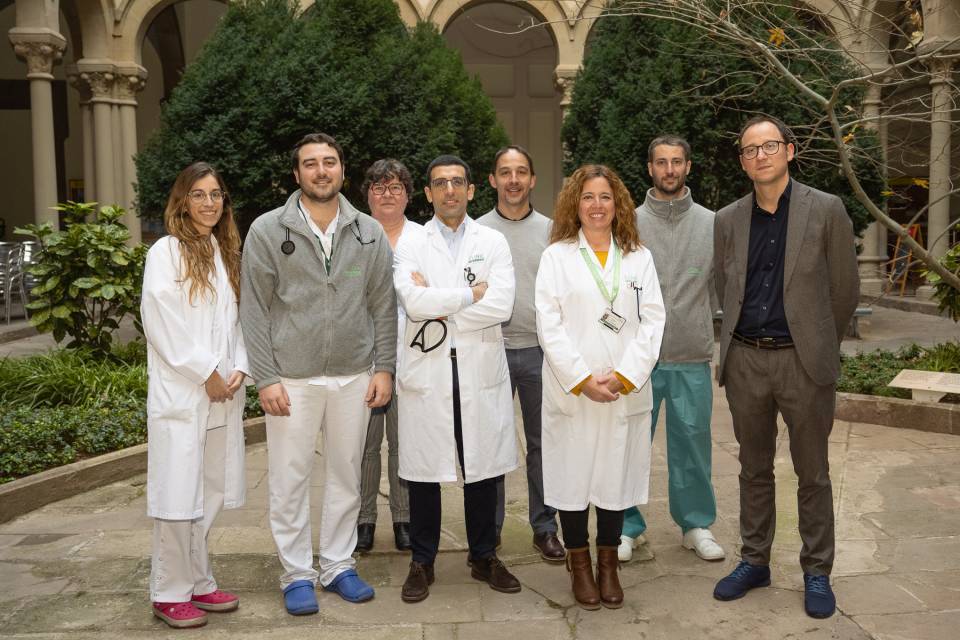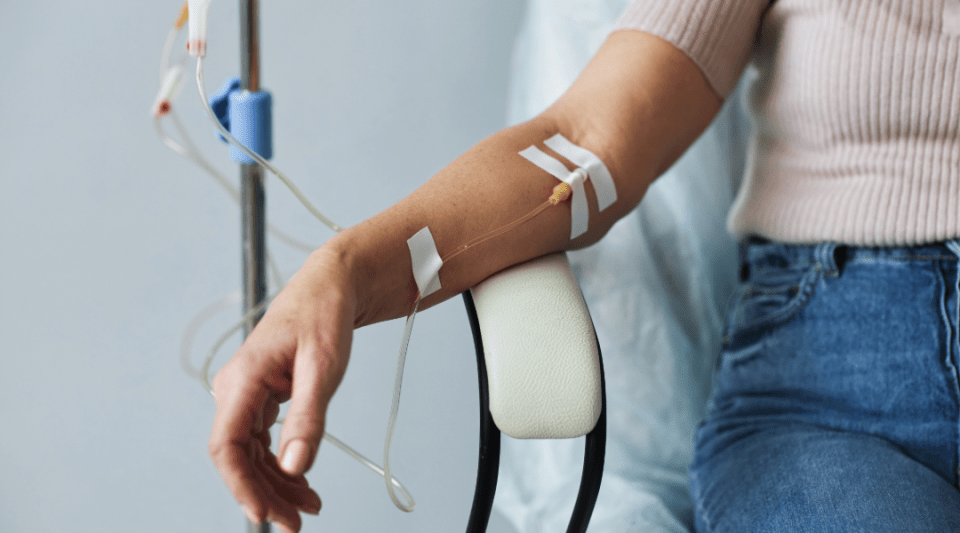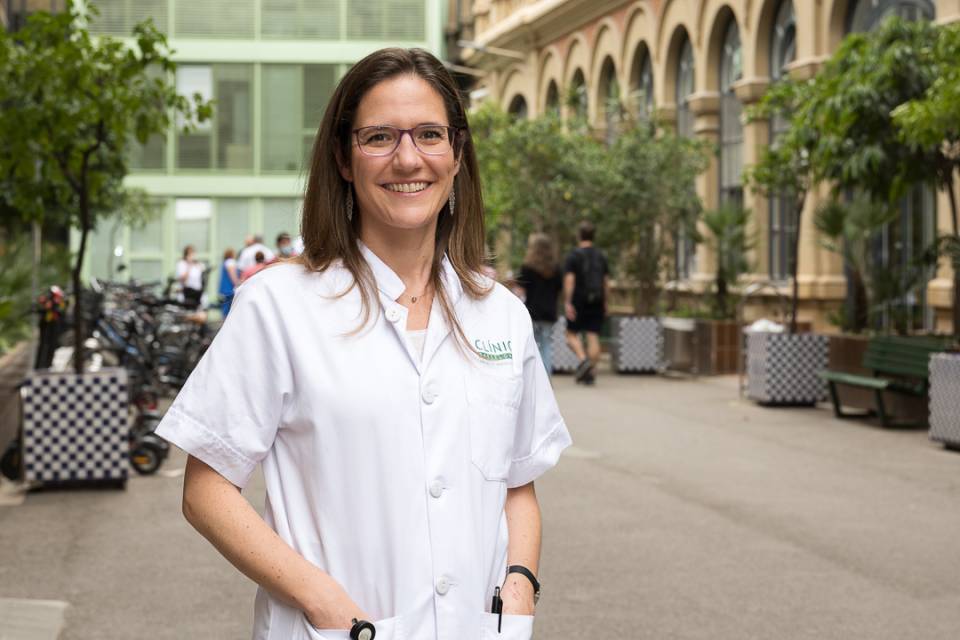- What is it?
- Causes and risk factors
- Symptoms
- Tests and diagnosis
- Treatment
- Disease evolution
- Living with disease
- Research lines
- Frequently asked questions
- Prevention
Frequently asked questions about Ischaemic Heart Disease
What’s wrong with me?
The most common cause of cardiac arrest is a type of arrhythmia called ventricular fibrillation. The heart beats too quickly and without a steady rhythm, thus it is unable to pump blood effectively.
High blood cholesterol, diabetes, high blood pressure, smoking, obesity without physical activity and genetic background are the main risk factors that can damage the coronary arteries and lead to an infarction.
Angina is like a warning of a potential future infarction; it involves a partial or slowly increasing obstruction in a coronary artery, does not tend to present complications and the prognosis is generally good. Whereas with an infarction, the coronary artery is totally obstructed.
The pain that usually characterises Ischaemic Heart Disease is described as tightness in the chest which can occasionally radiate to the base of the neck, the jaw, arms (normally the left arm) or back. It is sometimes accompanied by shortness of breath, dizziness, cold sweats, nausea and vomiting, palpitations or even loss of consciousness.
It is worth remembering that pain arising from Ischaemic Heart Disease does not always present such typical characteristics, particularly in women, elderly and patients with diabetes. In some cases Ischaemic Heart Disease can present with pain in the upper abdomen, whereas on other occasions shortness of breath is the only symptom.
If you notice any discomfort in your chest, even if it is not one of the typical symptoms described above, then you should visit your doctor as soon as possible.
You can recognise a cardiac arrest because the patient suddenly loses consciousness, falls to the floor and has no pulse. It is important to feel for their pulse on the neck and, having confirmed they don’t have one, start the resuscitation procedure in order to keep the patient alive until they reach a hospital or facilities equipped with a defibrillator.
This depends on each patient’s individual risk factors, and it is the patient who must make significant efforts to correct them. In general, recommendations are to reduce cholesterol to below normal levels, avoid a sedentary lifestyle, follow a balanced diet and quit smoking.
Anybody who has suffered an infarction or angina should reduce their cholesterol level to less than 200 mg/100 cm³. In more severe cases, patients are advised to reduce it to below 70 mg/100 cm³.
Medicines called lipid-lowering agents (statins are the most used group) are the most effective and safest means of reducing cholesterol to the desired levels.
It has been shown that the so-called cardioprotective diet has multiple benefits for ischaemic cardiomyopathy. The main advantages are: it helps control cholesterol levels, it reduces or regulates weight and it compensates the tendency to develop diabetes in some patients. Regarding exercise, it should be regular, dynamic (with a lot of movement and little strain) and, obviously, supervised by your doctor.
Heart rate is the number of beats or pulsations the heart completes in one minute. A higher heart rate means it works harder and the heart muscle consumes more oxygen and nutrients. In patients with ischaemic cardiomyopathy, the obstructed arteries can make it difficult for an adequate supply of oxygen and nutrients to reach the heart’s cells. That is why it is important to reduce your heart rate to around 60–70 beats per minute while at rest and ensure that your heart functions in the most relaxed state possible.
What tests will I undergo?
An electrocardiogram identifies the majority of infarctions, both recent and old ones. Angina, however, is only identified if the electrocardiogram is performed while the pain is present. The test can also diagnose other alterations, such as excessive heart chamber thickening (hypertrophy) or different arrhythmias.
A significant ischaemic lesion to the heart causes ruptures in some of the small heart muscle fibres; this releases some proteins known as enzymes into the bloodstream. One method used to diagnose an infarction is through an analytical test that determines the quantity of these enzymes in your blood. The result confirms (or rules out) the diagnosis of an infarction. These protein levels do not generally increase for cases of angina or other causes of chest pain that are not associated with the heart.
What treatments are available?
Cardiac rehabilitation is essentially aimed at patients with cardiac insufficiency (a weak heart) or ischaemic cardiomyopathy. It is an exercise programme directed by cardiologists, rehabilitation specialists, physiotherapists and nurses. Programmes comprise supervised exercise sessions with progressive characteristics and intensities established by the medical team. They also try to address other points of interest for patients with heart disease, such as nutritional habits or emotional disturbances that arise because of the condition. Mortality due to heart disease is significantly reduced (by 20–30%) in patients who complete the rehabilitation programme and continue practising the healthy lifestyle habits they acquired long into the future.
Fibrinolytic therapy quickly destroys some of the blood coagulation factors. When administered in the first hours of an infarction, this therapy reduces the size of the infarction and can even prevent it.
If the treatment does not unblock the artery, then the patient will be catheterised to remove the obstruction mechanically with either an angioplasty or stenting procedure.
Lipid-lowering agents are safe, effective medicines used to reduce cholesterol to the desired levels. Nevertheless, 1 in every 4,000 patients who takes them may endure generalised muscle inflammation, called myopathy, which manifests as diffuse pain in every muscle in the body, weakness and an increased blood level of a particular enzyme called CPK. If this occurs, the symptoms are always reversed when you stop taking the drug.
Living with ischaemic cardiomyopathy
The Spanish Society of Cardiology recommends that you do not drive for at least one month after having an infarction. Take into account that traffic laws consider that you must not drive for three months after suffering an infarction.
Air travel often implies keeping still for several hours and causes changes in blood pressure and oxygenation levels. Therefore, if you have a heart problem, ideally you should talk to your doctor before taking a flight.
As a general rule, recommendations are to wait at least 48 hours after suffering mild angina or an uncomplicated infarction, in which the partially blocked artery was opened with catheterisation, before travelling by airplane. You must consult your doctor about more complicated cases.
Patients with heart disease are advised not to drink spirits. Red wine is known to have a beneficial effect on the cardiovascular system, thanks to its polyphenols and antioxidant power, and also improves blood cholesterol levels. These benefits have been observed for a maximum consumption of two glasses per day for men and one glass for women.
Spirits, however, do not bring any advantages to the cardiovascular system and can represent a significant toxin for the heart, in terms of dilation or the appearance of arrhythmias, if they are drunk regularly or in large volumes.
They are not recommended because of the increased risk of bleeding. If you are taking just one platelet aggregation inhibitor, then you should discuss it with a healthcare professional and take into account the area and size of the piercing or tattoo. Excessive bleeding may prevent the ink from fixing correctly and result in a poorly defined drawing, so you should evaluate the decision very carefully.
It is normal for patients with heart problems to be afraid of another infarction. The important thing is to transform this fear into motivation. You must try to overcome any fears as the anxiety it produces is detrimental to your heart.
Either way, treatments for Ischaemic Heart Disease have advanced over the years and increasingly more patients live the rest of their lives without another infarction, so long as they rigorously adhere to their doctor’s indications. Patients should follow the guidelines indicated by their medical team and always attend their routine check-ups.
It is important to discuss the intensity and characteristics of any exercise you practice with your doctor. It is especially important in the case of severe infarctions to establish some clear guidelines regarding your exercise regime.
As a general rule, you should perform activities that last 30–60 minutes at an intensity in which you notice your breathing becomes slightly heavier and your heart beats faster, but you still feel comfortable and can hold a conversation. Pulsometers can help gain more accurate control over the optimum degree of exercise intensity.
While aerobic exercises (walking, running, swimming, cycling, etc.) are the most beneficial for your cardiovascular system, muscular and strength training also play an important role. Training should involve low weights and high repetitions, in a series of 15–20 exercises; they should never force you to hold your breath. To improve your cardiovascular health, it is important to alternate weight training with aerobic exercises.
There are several factors influencing this decision; primarily the size of the infarction, the treatment performed on the artery and the type of work typically carried out by the patient (whether or not it involves high physical or emotional strain). Patients are generally recommended to take 1 to 3 months off work after suffering an infarction. If it is a small, uncomplicated infarction, then patients often return to work one month after the episode. In the case of large infarctions or which could not be treated completely, you may need to take a longer period off work or even accept permanent occupational disability. Your doctor will guide you regarding the ideal period of sick leave for your specific case.
Substantiated information by:






Published: 20 February 2018
Updated: 9 June 2025
Subscribe
Receive the latest updates related to this content.
Thank you for subscribing!
If this is the first time you subscribe you will receive a confirmation email, check your inbox


